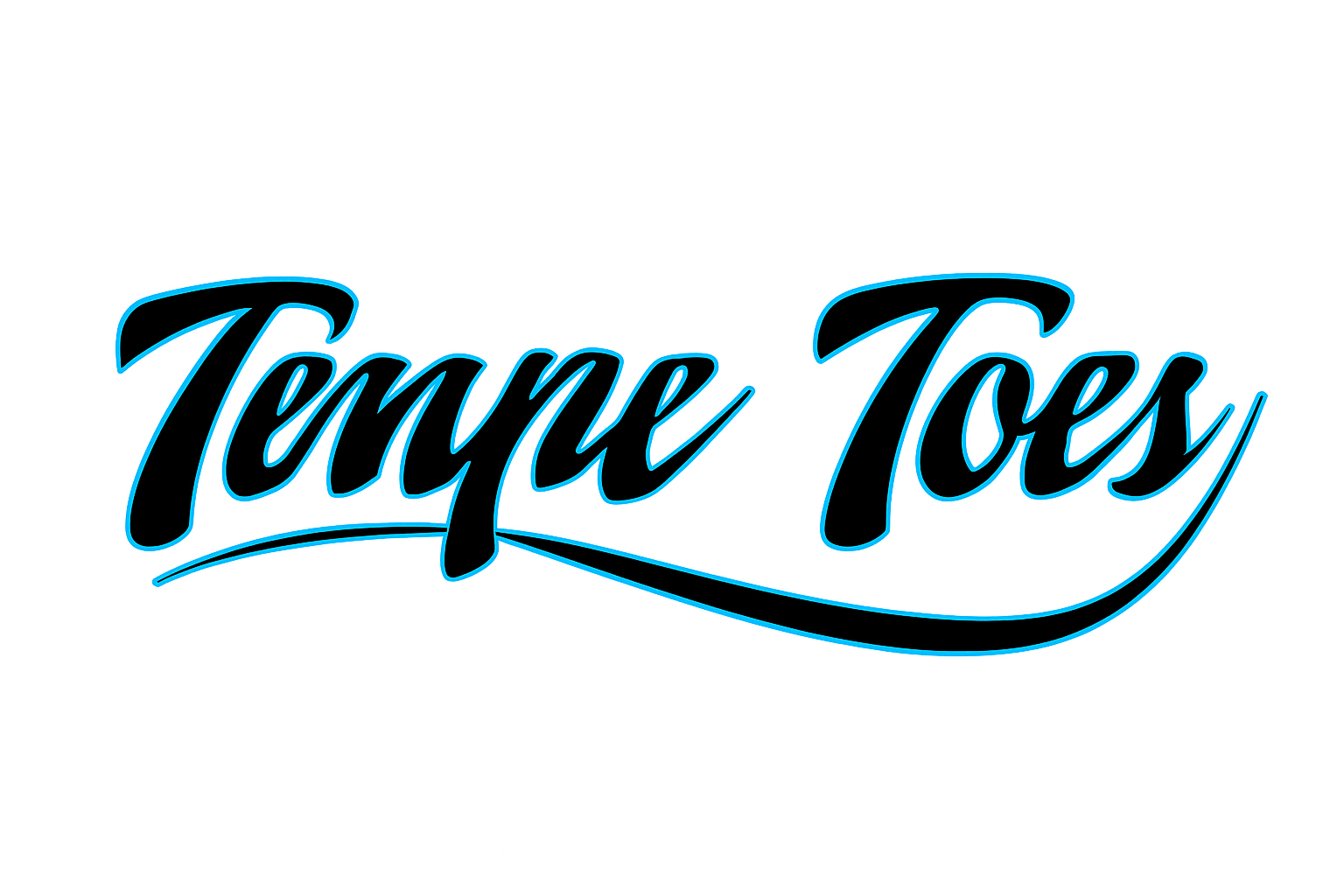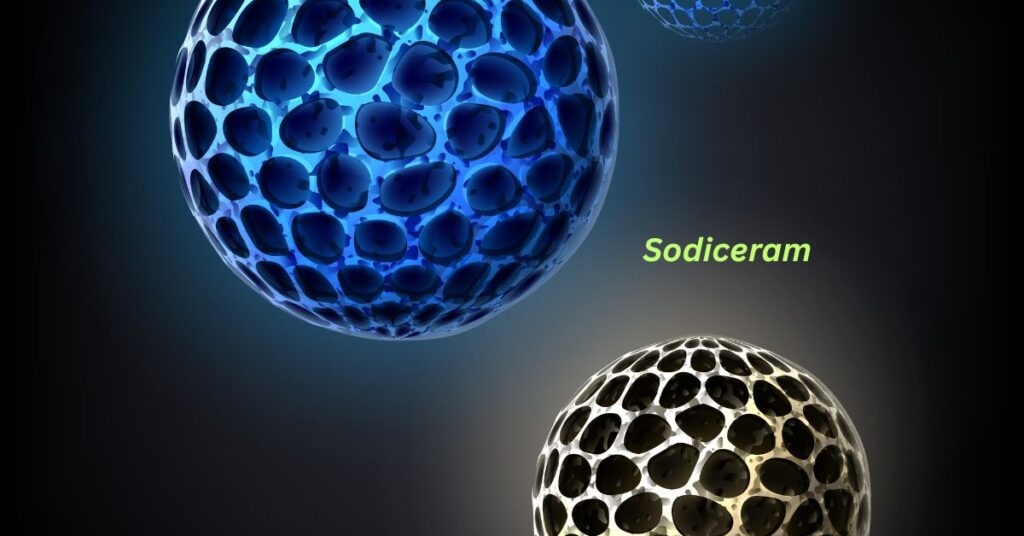Sodiceram is transforming the world of art, blending innovation and creativity like never before. This unique material has emerged as a favorite among artists, offering endless possibilities for expression. Whether you’re an established creator or just starting on your artistic journey, understanding Sodiceram can unlock new dimensions in your work.
But what exactly is Sodiceram? Its versatility sets it apart from traditional mediums. Artists are increasingly drawn to its distinctive qualities that inspire imagination and craftsmanship. As we explore the fascinating relationship between Sodiceram and art, you’ll discover how this remarkable material continues to push the boundaries of creativity across various styles and techniques. Get ready to dive into a vibrant world where art meets innovation!
A Brief History of Sodiceram in Art
Sodiceram has a rich history that intertwines with art movements throughout the years. Initially developed in ceramics, this innovative material quickly captured the attention of artists seeking new mediums to express their creativity.
In the early 20th century, avant-garde practitioners began experimenting with Sodiceram’s unique properties. They were drawn to its versatility and durability, which allowed for intricate designs and bold colors.
As modern art evolved, so did the applications of Sodiceram. It became a popular choice among sculptors and painters alike. Its ability to mimic other materials while maintaining an artistic flair made it indispensable.
Throughout various cultures, artisans have embraced Sodiceram as a canvas for storytelling and cultural expression. Today, contemporary artists continue to push boundaries by integrating this medium into diverse forms of creative work.
Unique Qualities and Features of Sodiceram
Sodiceram stands out in the realm of artistic materials due to its unique blend of durability and aesthetic appeal. This innovative medium offers a lightweight yet robust structure, making it ideal for various applications.
One striking feature is its versatility. Artists can mold Sodiceram into intricate shapes or smooth surfaces, providing endless possibilities for creativity. The material also adheres well to paint and glaze, allowing for vibrant finishes that captivate viewers.
Moreover, Sodiceram exhibits remarkable resistance to weather elements. Its ability to withstand outdoor conditions makes it a favorite among sculptors who wish to create lasting pieces in gardens or public spaces.
Another quality worth noting is its eco-friendliness. Made from sustainable resources, artists can embrace their creative side without compromising environmental values. This combination of practicality and artistry truly sets Sodiceram apart as an essential tool in modern art projects.
Innovative Ways Sodiceram is Used in Art
Artists are exploring Sodiceram in ways that push traditional boundaries. Its versatility allows for a variety of applications, from intricate sculptures to functional pottery. The material’s unique properties inspire creativity.
One popular method is incorporating Sodiceram into mixed-media compositions. Artists combine it with other materials like metal and wood, creating dynamic contrasts and unexpected textures. This fusion can breathe life into static installations.
Sodiceram also lends itself well to large-scale public art projects. Its durability means artists can create stunning outdoor pieces that withstand the elements while maintaining their aesthetic appeal.
Some creators have even begun using digital techniques alongside Sodiceram, projecting designs onto surfaces before crafting them physically. This innovative approach merges technology with tactile artistry, inviting audiences to experience art in new dimensions.
The endless possibilities encourage experimentation and collaboration among artists, paving the way for exciting future works crafted from this remarkable medium.
Creative Inspirations for Using Sodiceram in Art Projects
Sodiceram opens a world of possibilities for artists. Its versatility can inspire unique approaches in various art forms, from sculpture to mixed media.
Consider using Sodiceram as a base layer for painting. Its textured surface creates depth that enhances color vibrancy. Layering paints over it can yield stunning effects.
For those exploring ceramics, incorporating Sodiceram into traditional pottery techniques adds an innovative twist. The adaptability of the material allows for intricate designs and unexpected shapes.
Incorporating found objects with Sodiceram can lead to exciting assemblages. Combining these elements invites viewers to ponder the relationship between materials and meaning.
Artists might also consider utilizing recycled pieces of Sodiceram in mosaic projects. This method not only promotes sustainability but also encourages creativity through experimentation with colors and patterns.
The tactile nature of Sodiceram makes it perfect for hands-on workshops or community art projects, fostering collaboration and shared inspiration among participants.
Showcase of Artists Who Have Utilized Sodiceram in Their Work
Artists across the globe have embraced Sodiceram, each bringing their unique vision to life with this versatile medium. One standout is Maria Lopez, known for her vibrant murals that blend traditional techniques with modern themes. Her use of Sodiceram adds texture and depth, capturing viewers’ attention.
Another remarkable artist is Daniel Kim, who explores abstract forms using sculptural elements made from Sodiceram. His installations invite audiences to interact physically and emotionally, redefining spaces in unexpected ways.
Then there’s Elena Garcia, a ceramicist whose work reflects cultural narratives through intricate designs on Sodiceram surfaces. She expertly combines storytelling with craftsmanship.
These artists illustrate the boundless possibilities that come alive when creativity meets the innovative qualities of Sodiceram. Each piece they create tells a story—inviting us to see beyond conventional art forms into new realms of expression.
How to Incorporate Sodiceram into Your Own Artistic Practice
Incorporating Sodiceram into your artistic practice opens up a world of creativity. Start by experimenting with small samples to understand its texture and behavior. This material is versatile, allowing you to mold, sculpt, or even create intricate tile designs.
Consider combining Sodiceram with other mediums. Layering it with paint or mixed materials can yield stunning effects. The unique finish of Sodiceram adds depth and interest to any project.
Don’t shy away from exploring unconventional applications. Use it in installations or as part of larger sculptures for added intrigue.
Document your process through sketches or photographs; this can inspire new ideas and techniques along the way. Collaborate with fellow artists who share your passion for innovative materials—collective experimentation often leads to unexpected breakthroughs in art.
Make time for playfulness in your practice; sometimes the best creations arise from exploration rather than meticulous planning.
Conclusion
Sodiceram has carved a unique niche in the art world. Its versatility and innovative properties allow artists to explore new horizons. Whether through traditional methods or groundbreaking techniques, Sodiceram continues to inspire creativity.
As more artists discover its potential, the possibilities seem endless. From sculptures to mixed media pieces, Sodiceram invites experimentation and sparks imagination. The rich history of its use in art only adds depth to its allure.
For those looking to incorporate this material into their own projects, there are countless resources available. Workshops, online tutorials, and community groups can provide guidance and inspiration. Engaging with fellow artists who share an interest in Sodiceram can lead to exciting collaborations.
The journey of using Sodiceram is one that encourages growth and exploration within the artistic process. Embracing this medium not only enhances personal artistry but also contributes to the broader narrative of contemporary art practices. As you consider your next project, think about how you might harness the unique qualities of Sodiceram—your creative expression could take on a whole new dimension.






